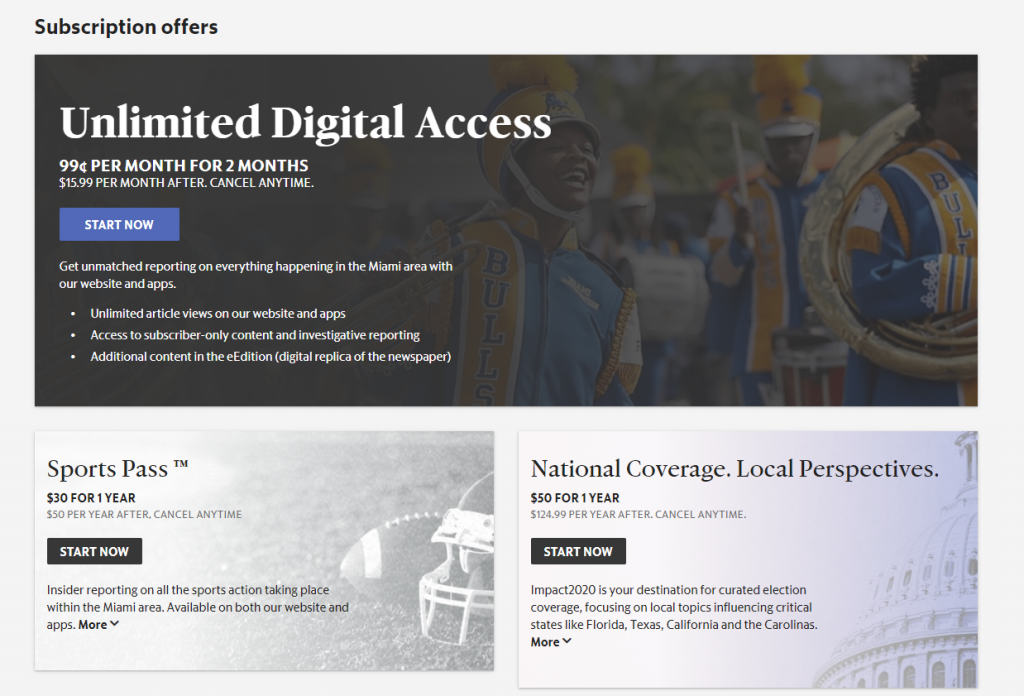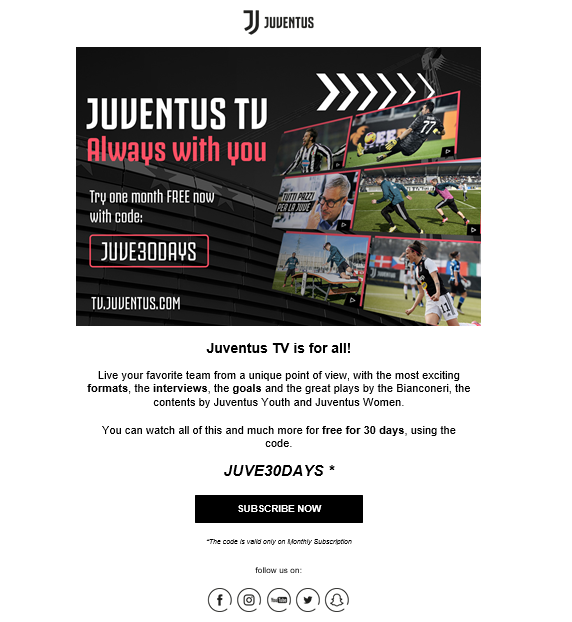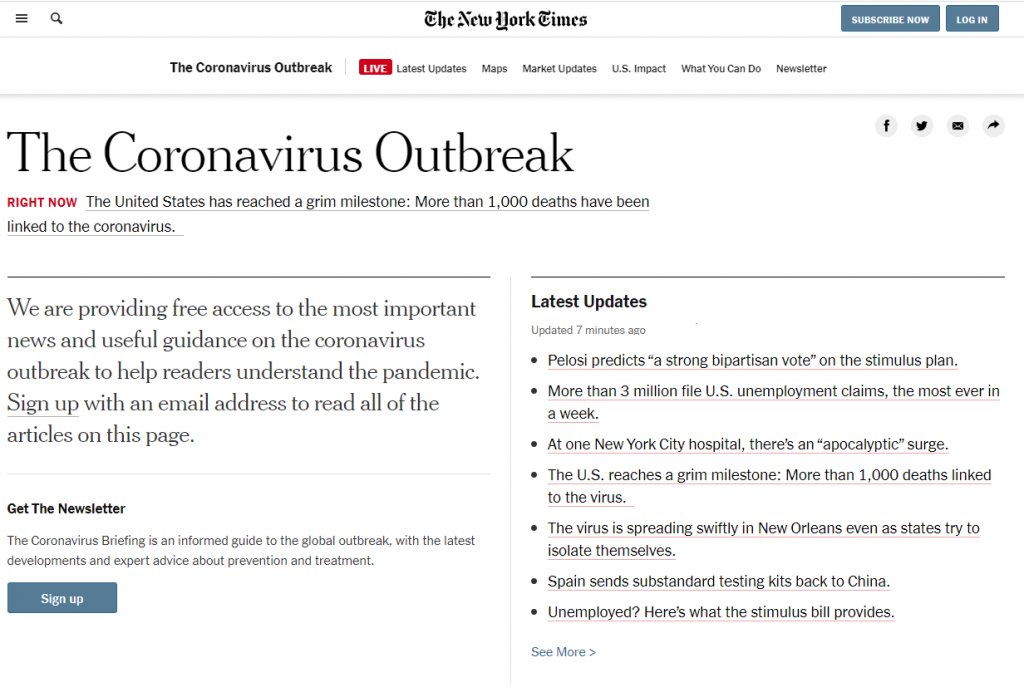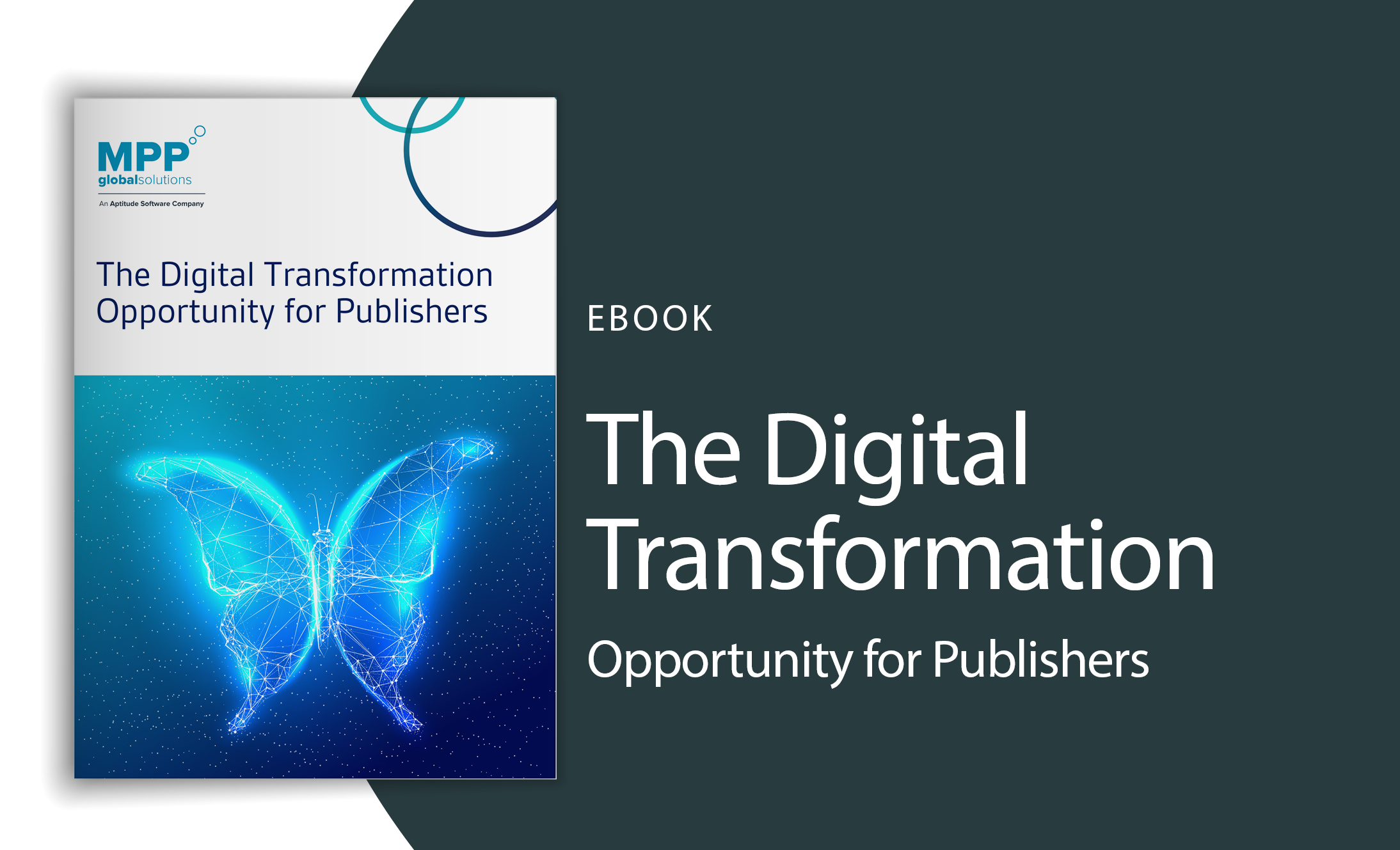7 Concepts Media Organizations Can Adopt to Overcome Challenging Global Circumstances

The present global crisis has introduced new challenges for publishers, OTT and Sports providers.
Organizations are revisiting their marketing tactics to continue providing a great service to their customers whilst securing their business and protecting their colleagues and their families. The situation for subscribers is also diverse and complicated as some continue to work from home, whereas others fear a complete loss of income due to self-employed status. On the one hand, many customers are increasing their subscription purchases to provide entertainment during social isolation, but there are other customers who may be looking at their finances carefully to better manage costs. Ultimately, how businesses respond will have a huge effect on the perception of your brand, and there’s a lot that can be done to support customers during this time.
We’ve compiled seven of our best suggestions on how to keep your subscribers engaged and tips to prevent churn below.
1. Reach Out To Your Subscribers
Waiting for customers to come to you when wanting to cancel their service and attempting to win them back is not only more difficult, but a more sensitive topic than proactively supporting customers in the first place. Now is the best time to reach out to customers to provide offers and discounts that retains a revenue stream to support your organisation while also recognizing the financial challenges many customers will face.
One of the major strategies at the moment is the ‘message from the CEO’ model, where a personal message to customers reaching out, explaining how you will support them and how important their well being and support is to you as an organisation, enforces brand loyalty and gives customers the opportunity to connect with you.
Avoid just sending an email for the sake of visibility. ‘A message about Covid-19′ is a common subject line that’s currently filling inboxes, and the actual content of the email serves no-one but the sender. An email reminding people that you exist right now is little more than spam. Include some sort of helping hand with your email, important information, or avoid email altogether.
2. Provide Offers and Voucher Codes
A standard tactic across the digital industry at the moment is to offer discounts to subscriptions and purchases over the next few months, such as 50% off. This becomes more affordable for the customer if they are experiencing hardship, while at the same time preventing churn for your service.
It’s important to ensure this voucher code works for existing and new customers. A campaign only targeting one or the other could be viewed as capitalizing on the situation – which would be business suicide given current public perception.
It’s appreciated that offering these discounts can have a knock-on effect on profits but retaining customers at half value is preferable to a churn exodus.

3. Offer Subscription and Payment Holidays
Whilst offers may help to retain some customers, there are people who have lost jobs or earnings, or are facing other forms of hardship, and these customers are almost certainly going to churn. Offering subscription or payment holidays can help minimize this churn, offer these users support and assistance, and retain these customers for the time being. There are two possible options, and the right solution for an organization will depend on the industry and organization’s own products.
A payment holiday involves using a mechanism to pause payment processing for a customer, without withdrawing access. The customer is effectively given free access to continue consuming content for a set period of time. Whilst the service provider temporarily loses the revenue from the customer, churn is prevented, and most importantly, the customer continues to engage in your content whilst in isolation.
A subscription holiday is similar, but the actual subscription is postponed as well. This is particularly useful where the content is not available, such as Sports OTT brands where events have been cancelled. A Watch Live product, for example, will have little current value, but rather than cancel the subscriptions, the subscriptions could be ‘paused’ for a set period of time. The customer can rest assured that they will regain access to the content without any further action when we’re back to normal, and organisations can worry less about expensive win back campaigns further down the line.
4. Relax Paywall Rules
The least resource-intensive solution which is being adopted by several media publishing organizations, is to remove the requirement of a paywall altogether. In accepting that acquisition marketing is, at best, expensive and at worst, brand damaging, many have opted to allow free access to content.
Ultimately, it’s more valuable to ensure content is being consumed, rather than a business-as-usual approach to dwindling subscriber numbers, as per the previous suggestions.
One key to consider is it is still recommended to capture a visitor’s data by retaining sign-up walls, so the customer is providing their personal details in return for the free access. This data can be used to provide updates to customers, and also for marketing further down the line.
5. Provide Refunds For Services That Cannot Be Used
Ultimately, if none of the previous options are viable, the only remaining solution is to provide refunds for customers. Unlike the previous suggestions, providing refunds is the most financially difficult choice as your current revenue is impacted as well as future revenue from churn, but it’s still a consideration a providing a customer with their money back is a more positive experience than offering no help at all – they will remember this gesture of goodwill which increases the likelihood of a successful win back campaign later.
6. Extended Grace Periods
There will be end customers who do not wish to churn, then another option to consider would be to extend the period after which the payment has failed and provide content access, allowing time for the payment to be made up. Extending the grace period for payment gives the subscriber more time to pay before their subscription is stopped.
This could be a consideration where the content is considered high value, or allowing free access for an extended period of time is simply not viable – for example, where the subscription includes physical items that have a business cost associated with procuring and delivery.
7. Subscriber Engagement – Alternative Content
With sports, events, and gatherings now completely out of the question, many providers of live content and news are turning to repurposing legacy content and punditry to keep fans engaged. Producing documentaries and commentaries can provide customers with content that helps to keep contact and engagement, and prevent churn.
Additionally, there is a huge amount of opportunity for bringing together thought leaders and producing content based on their opinions, such as upcoming events like the Olympics, or thoughts on the Premier League in 2021 and beyond – the possibilities for speculative, conversational content is endless.
Summary
The big question on everyone’s lips is “How do you prepare for the new normal?”. What will be the long-term effects of COVID-19 on the paid media industry? Do you have any other ideas on how to support each other with our content and services during this difficult time? Have you seen or implemented a particularly effective way to provide content and entertainment to end users? Let us know on our social channels. Stay safe and take care of each other.
SOURCE: https://www.theneweuropean.co.uk/top-stories/matt-hancock-telegraph-column-1-6562016.
 us
us 













